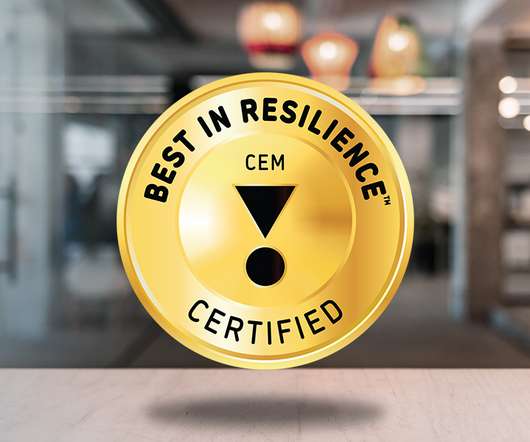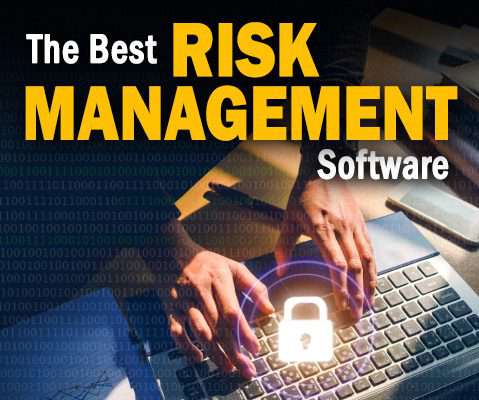Tips for Managing Third-Party Risk in Health Care
Reciprocity
SEPTEMBER 30, 2022
Data breaches against healthcare organizations affected more than 1 million people in 2020. The average total data breach cost in the same year was far higher in the healthcare industry ( $7.13 As one can see, the healthcare industry is one of the most attractive targets for cyber attackers and data thieves.





























Let's personalize your content